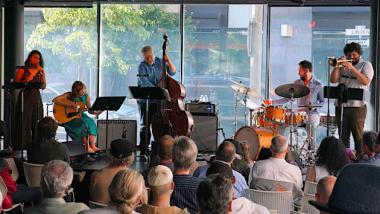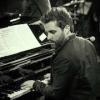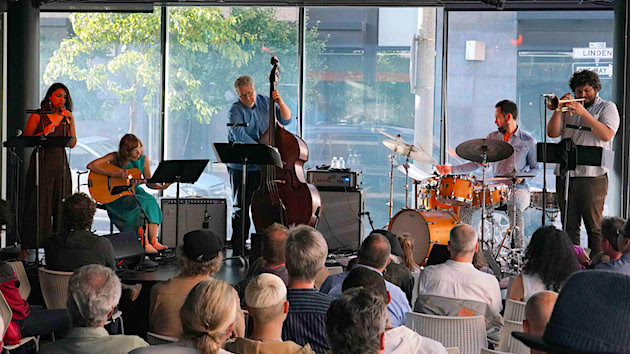
Toward the end of guitarist Mary Halvorson’s early Code Girl show on Sunday, vocalist Amirtha Kidambi, a mezzo-soprano with a bright, arrestingly beautiful sound and intrepid temperament, repeatedly sang “it is not predictable, my mind” and it was hard not to hear the declaration as a humblebrag from the composer, lyricist, and bandleader. The line comes from “my mind I find in time,” the opening track of Halvorson’s singular 2018 double album Code Girl (Firehouse 12 Records), which expanded her already vast creative purview to include songcraft.
Considering her well-deserved prominence over the past decade — she’s won a series of jazz critics polls in recent years and released some two dozen albums under her own name since her 2005 debut Prairies (Lucky Kitchen) — Halvorson hasn’t performed much in the Bay Area. A four-night run in SFJAZZ’s Joe Henderson Lab offered a prime opportunity to experience her in two overlapping but very different contexts. The first two nights she performed with Thumbscrew, a collective trio with her longtime creative collaborator Tomas Fujiwara on drums and bass master Michael Formanek.
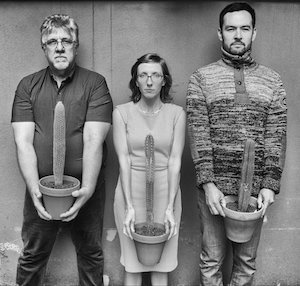
The trio is also the foundation for Code Girl, which performed on Saturday and Sunday, with Kidambi and 24-year-old trumpeter Adam O’Farrill (scion of an illustrious musical clan founded by his grandfather, legendary Cuban composer/arranger Chico O’Farrill). Halvorson’s Code Girl music is indeed unpredictable and weird in the best sense, utterly personal, insistently original, and sometimes disorienting.
Her settings for her telegraphic poetry often don’t register as songs as much as impressionistic narratives. Kidambi is a riveting performer who makes judicious use of extended techniques, but the crackling drama of the ensemble flowed between her startling interval leaps and O’Farrill’s gorgeously burnished tone. On “deepest similar” the melody seemed to work in contrast to the lyrics, building to a crashing climax that cut against the comforting line “so I am once again small with my old friend.”
What Code Girl could use more of is Halvorson’s guitar, which too often stayed in the background. It was in Thumbscrew on Thursday’s late set that she stretched out. The band has honed a translucently slippery sound and a consistently arresting repertoire that encompasses original works by all three composers and an eclectic array of material drawn from within and far beyond the jazz canon (music released on last year’s companion albums on Cuneiform, helpfully titled Ours and Theirs).
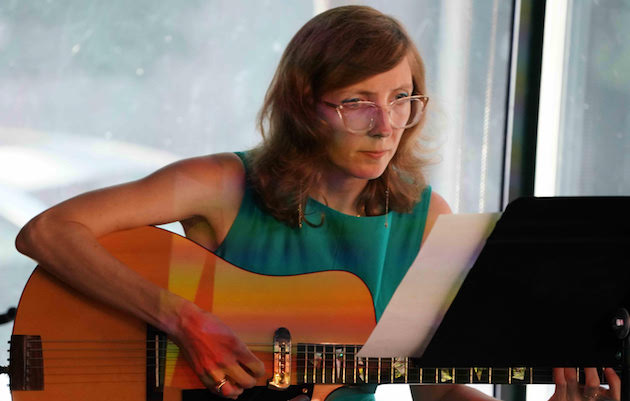
The trio is an ideal vehicle for Halvorson, whose sound is unlike any other guitarist in jazz. Using pedals, she often bends notes downward as if they were falling away from her, a pleasurably vertiginous sound like slack-key guitar played backwards. Fujiwara is a subtle and highly responsive drummer who rarely calls attention to himself. The flow is everything. He and Formanek, one of jazz’s most commanding bassists, design every tempo with a bounce that feels like dance music (albeit for a nightclub where you might find Sun Ra sipping a juice at the bar with Don Cherry).
On Julio de Caro’s “Buen Amigo,” the song was recognizable as a tango, but transformed as a brightly woozy pas de trois. They didn’t dilute the deep vein of insouciant joy animating Jacob do Bandolim’s infectuously grooving choro “Benzinho,” but the pulse was Rio by way of New Orleans. On Halvorson’s tune “Smoketree,” the intricate melody felt like underwater bebop.
The trio will be back at SFJAZZ in April in the Miner Auditorium as the foundation of Formanek’s Ensemble Kolossus, another group opening up new sonic pathways.

